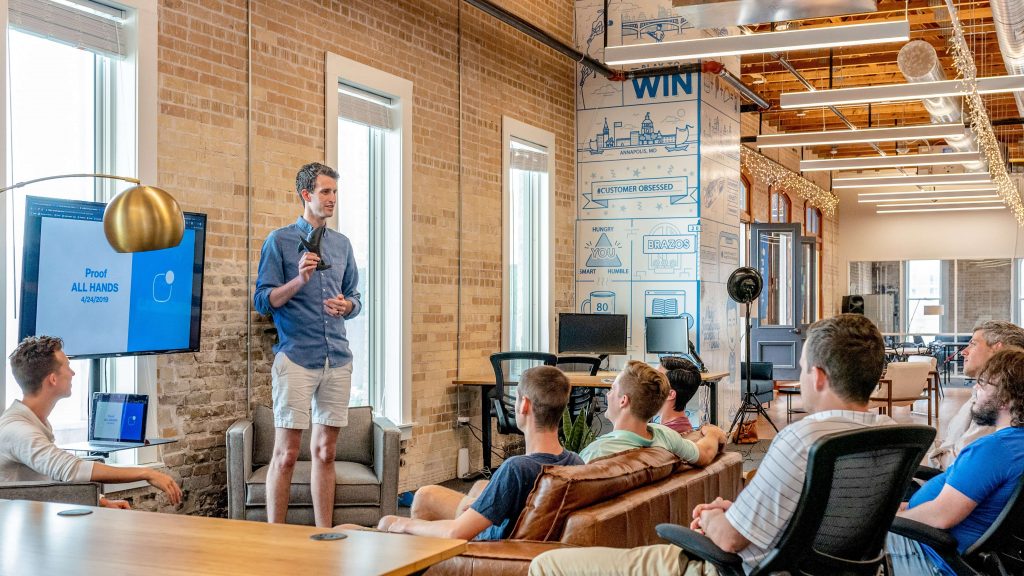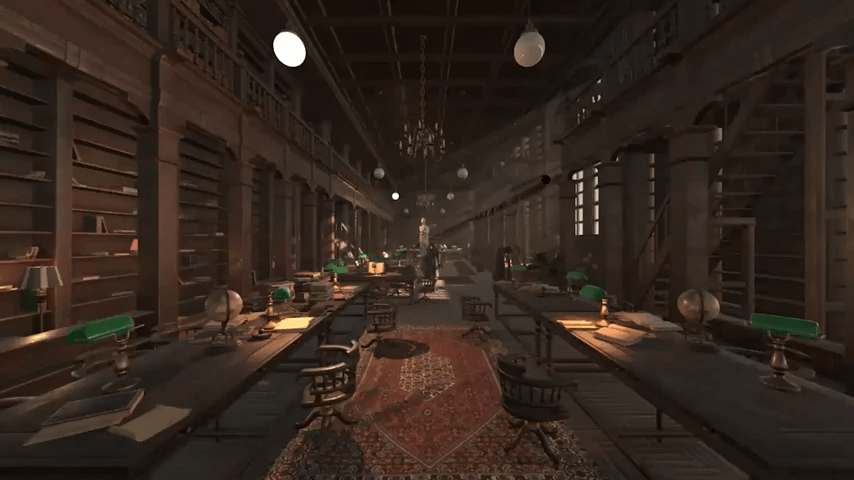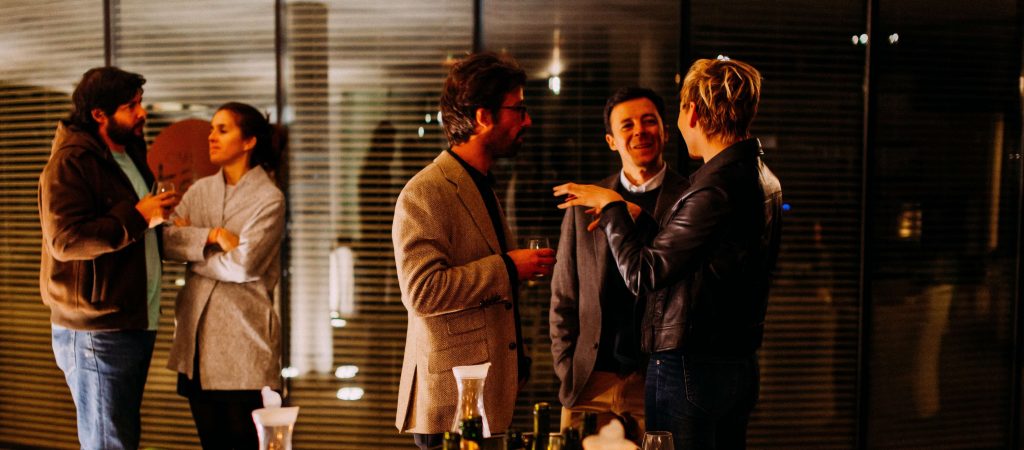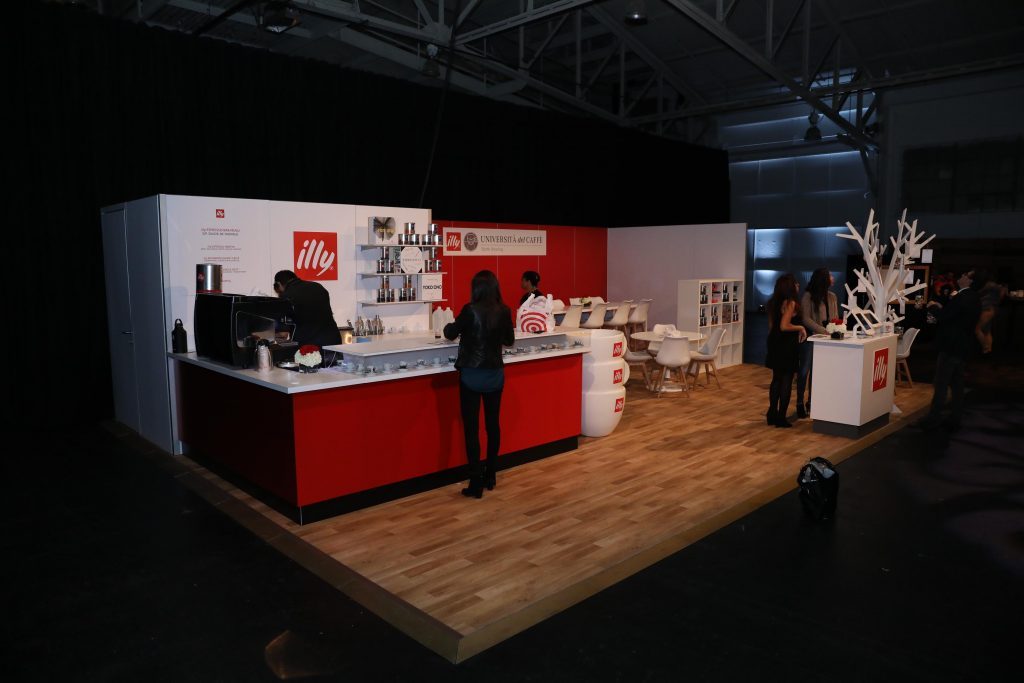Strong teams aren’t born; they’re made. Corporate team-building is a great way to strengthen a team, but it’s important to be selective about the activities you choose. To get the best out of your corporate team-building activities, choose exercises that cover the four main categories. This will help you build a well-rounded team, capable of handling almost any workplace situation.
Why Should Team-Building Be Part of Your Next Corporate Event?
In the sporting world, a winning team doesn’t come together by chance. It takes strong leadership, a high level of commitment, and lots of hard work for a group of players to form a team that wins games. This is equally true in the corporate world. For a group of people to cohere into a team that works well together, it takes leadership, commitment, and lots of hard work.
This is why corporate team-building is so important. Team-building activities can help you speed up the pace a little and build a stronger team in less time. And effective team-building helps inspire people to be their best selves, both individually and as members of the group. By implementing corporate team-building activities, you can:
- Contribute to a positive company culture
- Increase employee engagement and motivation
- Build trust and respect in an employee team
- Encourage communication and collaboration
- Improve productivity
Choosing Team-Building Activities for Corporate Events
Most team-building activities fall into one or more categories, depending on the skills and abilities they focus on. The four main categories of corporate team-building activities are:
- Communication and collaboration activities
- Problem-solving and decision-making activities
- Planning and adaptability activities
- Trust-building activities
Team-building exercises don’t necessarily have to focus on work-related activities to be effective, but most exercises should be aimed at making improvements in one of these four categories. This allows you to plan a team-building day that addresses any specific deficits in your team, or one that focuses on all four categories if your team is generally well-rounded.
12 Corporate Team-Building Activity Ideas
Team-building activities can encompass a wide range of activity types. Some can take place at the office in a meeting room, while others require traveling to a different location. A wide-ranging scavenger hunt might even take the team all over the city. When choosing team-building activities, try to vary the kinds of exercises. If your last team-building event was in-office, do an outdoor activity this time.
1. Storytelling Activities
Storytelling can be a good icebreaker activity for both in-person and virtual corporate team-building. Encouraging team members to share their experiences build trust and team bonding. For these exercises, participants are asked in various ways to recount stories about experiences they’ve had in the workplace. Some options include:
Word stories: Use a set of work-related words and phrases to start off a storytelling session. For instance:
- “First day”
- “Passion project”
- “Collaboration”
Ask participants in turn to relate a work story centered on one or more of the keywords.
Memory exercise: Ask participants to share stories of positive memories they have that center around working with other people in the room.
2. Mock Shark Tank
This exercise works just as well online for remote teams as it does in-person. Stimulate creativity, problem-solving, and collaboration by splitting the team into groups, and having each group pitch a mock product, as in the “Shark Tank” TV show. Each group should come up with an imaginary product, along with a brand name and slogan, business and marketing plans, and even predicted financial data.
Assign another group of people to act as the Sharks, with an imaginary pool of money to invest. As each team pitches their ideas, the Sharks can ask questions about the products and then invest their imaginary money if they like the idea. The winning team is the one that gains the most investment funds.

3. Laser Tag
Highly popular as a team-building activity, laser tag helps build teamworking skills and communication, as well as encouraging strategic thinking and staying calm under pressure. It’s also a lot of fun and a great way to let off some steam.
4. Egg Drop Challenge
This challenge is one you’ll often find in schools or at summer camps, but it’s equally at home in the corporate world. Each group receives an uncooked egg and a variety of materials such as cardboard, drinking straws, tape, and newspaper. The challenge is to use the materials to create a structure that allows the egg to be dropped from a height without breaking.
5. Scavenger Hunt
For this exercise, teams are let loose to hunt down items and locations from a list you’ve created in advance. Each item or location is worth a specific number of points. Mix it up by including both easy and hard items on the list, with easier items worth fewer points and harder objectives worth more. Will the winning team be the one that goes for high-volume low-points items, or the one that chooses to focus on harder objectives that are worth more?
This activity is especially fun in a unique event venue or a new city, but it can be modified as part of a virtual event too. Use an app like Scavify to create customized scavenger hunt lists with check-in locations, questions, photo challenges, and more.
6. Escape Room
Escape rooms are perfect for small teams, with a focus on problem-solving, communication, and group decision-making. In these games, the group is typically locked inside a room and must solve puzzles and work together to find their way out.
As well as real-world versions, there are now many options for virtual escape rooms that are just as effective for online team-building activities.

7. Collaborative Drawing
This quick game can be a lot of fun and is great for improving communication skills. It works equally well online too.
Prepare for collaborative drawing by printing several object shapes or outlines, each one on a separate sheet of paper. Divide everyone into groups of two, and have each pair sit back-to-back. Give one person in each team the same printed shape and the other person a piece of paper and a pen. The objective is for the person with the shape to describe it without naming it—well enough for their teammate to recreate it.
Give the teams two minutes to draw each shape, then compare results. Spend some time talking about communication: What did people get right, and where could they improve?
Variation: Use a similar strategy, but with teams of four to six people. In this variation, one person draws while the rest of the team describes the shape. This adds an element of complication because the team must decide how to communicate with their artist—will they pick a team leader to relay instructions, or will it end up in chaos?
8. Bridge-Building
In this activity, two teams work collaboratively to build a bridge. The catch is, each team can only build half of the bridge, and they can’t see what the other team is doing.
Split the group into two teams, and position each team so they can’t see the other team’s workspace. However, while they can’t see the other team’s bridge, the teams can discuss their bridge design throughout the whole exercise. The goal is to build two halves of a bridge that can fit together to form a whole.
Supply a range of items that might be used to build a bridge, such as cardboard, paper, drinking straws, tape, or Lego bricks. Each team can use any combination of materials to build their half of the bridge. They have 10 minutes to design the bridge and 30 to build it. At the end of the time limit, each team displays their bridge: Will they fit together, or are they too different?
Variation: To up the challenge, have each team elect a spokesperson. Only the team spokespeople can talk to each other about the bridge design.
9. Team Jigsaw Puzzle
Two or more teams race to complete a jigsaw puzzle within the allotted time. The catch? Each team has to collaborate with the others to collect all their pieces.
For this game, you need a complete jigsaw puzzle for each team. Grab some pieces from Puzzle A, and mix them with Puzzle B. Take the same number of pieces from Puzzle B, and mix them into Puzzle A. Each team should receive a puzzle that has most of its pieces but has a small number of pieces that belong to another team’s puzzle—except they don’t know that.
At the start, all teams will think that the goal is simply to solve their puzzle the fastest. Eventually, they’ll realize they have some pieces that don’t fit and that their puzzle is missing some pieces. At that point, they’ll need to negotiate with the other team to finish their puzzle.
This game doesn’t have a winner, as both teams will likely finish at around the same time. It’s more about how quickly each team discovers the problem and how long it takes them to figure out the solution.

10. Team Tied Together
Build teamwork and promote clear communication with this game. Start by dividing people into teams. Within each team, participants are tied together at the wrists. To do this, have each team stand in a circle and face inwards. Then use cloth strips, shoelaces, or a similar item to connect each person’s wrist with that of the person beside them in the circle.
Once everyone is connected, have them perform a series of tasks. For each task, place the item they must work on in the center of the circle, so it’s within reach of everyone. Some task ideas include:
- Pouring a glass of water
- Wrapping a present
- Building an item out of Lego bricks
- Transferring marbles from one container to another
11. Object Retrieval
Success in this game hinges on trust and verbal communication. Divide the group into two teams that start at opposite ends of a playing area with different kinds of objects placed around it, two of each kind. Each team also has a bucket or basket at their end of the playing area.
Each team should choose a volunteer to be blindfolded. Once both teams are ready, call out an object from the play area. The teams must then guide their blindfolded player to find and pick up that object and place it in their team’s basket. The team whose player does so first wins the round. Keep playing until everyone has had a turn with the blindfold.
12. Sneak Peek
In this building game, teams must work collaboratively and communicate well to succeed. Prepare by building a Lego structure of moderate complexity. Keep it covered out of sight until you’re ready for the activity. You’ll also need enough Lego pieces to build two more of the same structure. Once you’re ready to start this activity, divide the group into two teams and seat them facing away from each other.
To play the game:
- One person from each team has 10 seconds to look at the structure.
- They return to their team and have 20 seconds to coach them on how build it.
- Teams then have 1 minute of build time.
- After 1 minute, another member from each team can take a sneak peek.
The game continues until everyone has had their turn at a sneak peek. After the final minute of building time, the winning team is the one whose structure looks most like the original.

Corporate Team-Building Is a Fun Way to Get Results from Your Team
Corporate team-building encompasses a wide range of activities, making it easy to plan team-focused days that are both effective and fun. Ideally, team-building days will be events that employees look forward to. Choosing the right mix of fun and serious activities, as well as activities that focus on different skills and objectives, ensures that every employee gets something of value out of every team-building day.









